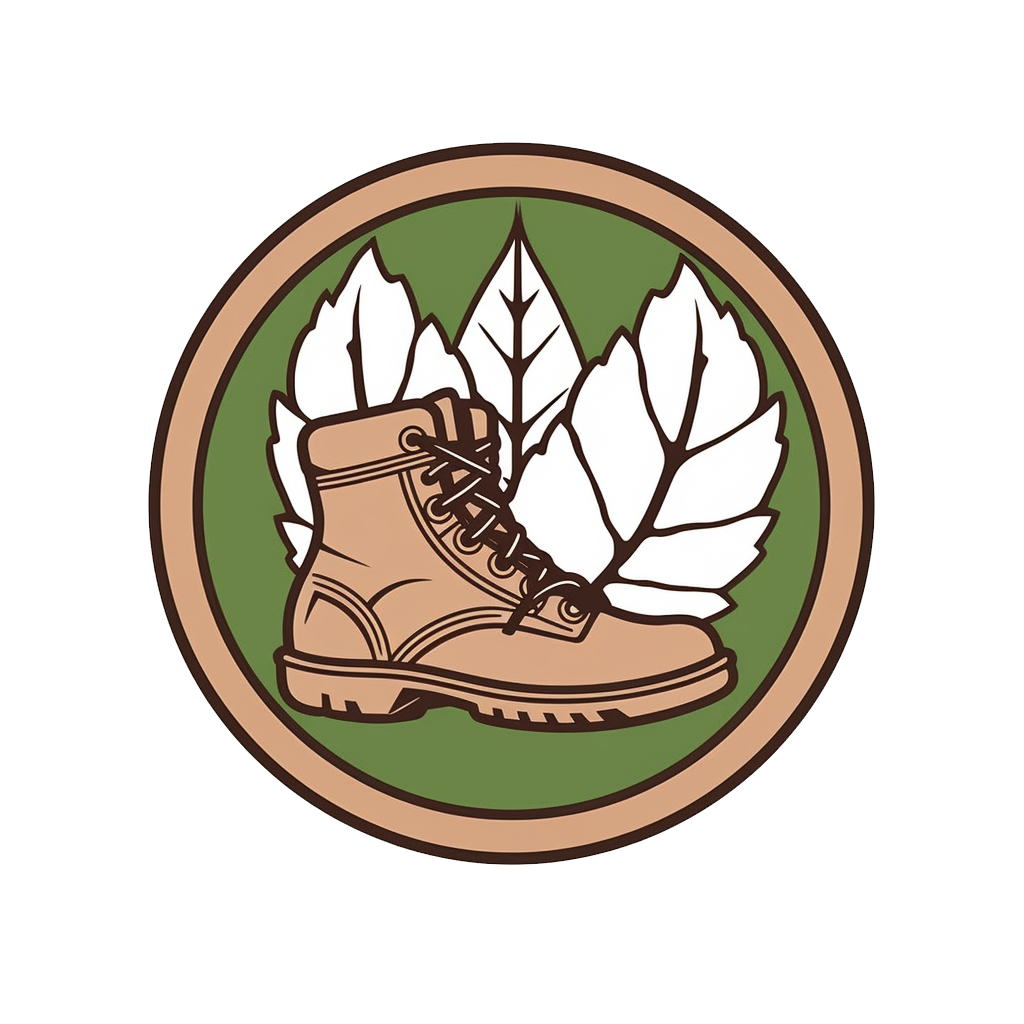10 Hiking Tips for Beginners: Your Ultimate Guide to Success
Hiking is a fantastic way for beginners to improve fitness and enjoy the great outdoors. In this guide, we’ll discuss the importance of training, essential gear, finding suitable trails, and the components of a successful hiking training program for beginners. By following these tips and considering a specialized workout plan for hiking, you’ll be on track to achieve your hiking goals.
Table of Contents
- Introduction
- Why Training is Important for Hiking
- Essential Hiking Gear for Beginners
- Clothing and Layering Tips for Hikers
- Finding the Right Hiking Trail
- How a Beginner Hiking Training Plan can Help
- Components of a Good Training Plan
- Tips for Staying Motivated and Consistent
- Safety Tips for Beginner Hikers
- Conclusion
Introduction
I’m Michael Samson, and as an accomplished athlete and hiking enthusiast, I know firsthand the joys and benefits hiking can bring. Whether you’re a complete beginner or seeking to improve your skills, this comprehensive guide is here to help you navigate the world of hiking and reach your goals. Remember, investing in a hiking training program for beginners is a great way to speed up your progress and maximize your time on the trails.
Why Training is Important for Hiking
Hiking is more than just walking. It’s a full-body workout that tests your strength, endurance, and mental fortitude. Proper training helps prevent injuries and ensures you’re prepared to tackle more challenging hikes with confidence. By following a workout plan for hiking, you’ll build the necessary strength and stamina to conquer even the most challenging trails.
Essential Hiking Gear for Beginners
Before hitting the trails, it’s crucial to invest in the right gear. Here’s a list of must-haves for every beginner hiker:
- Hiking boots: Choose a comfortable, durable, and waterproof pair that provides ankle support and good traction.
- Backpack: Opt for a lightweight backpack with enough capacity for your gear, food, and water.
- Navigation tools: Bring a map, compass, or GPS device to help you stay on track.
- First aid kit: Include band-aids, pain relievers, antiseptic wipes, and any personal medications.
- Water bottle or hydration system: Staying hydrated is crucial, so always carry plenty of water with you.
Clothing and Layering Tips for Hikers
Wearing the right clothing can make or break your hiking experience. Follow these tips to stay comfortable on the trail:
- Moisture-wicking base layer: Opt for synthetic or wool materials that wick sweat away from your body.
- Insulating mid-layer: Choose a fleece or lightweight down jacket for added warmth.
- Waterproof outer layer: A breathable, waterproof jacket and pants will protect you from rain and wind.
- Socks: Wear synthetic or wool socks designed for hiking to prevent blisters and keep your feet dry.
- Hat and gloves: Bring a hat for sun protection and gloves for colder temperatures.
Finding the Right Hiking Trail
As a beginner, it’s essential to choose a trail that matches your fitness level and experience. Start with shorter, well-marked trails with moderate elevation gains. As you gain confidence and improve your skills, gradually increase the difficulty and length of your hikes. Websites like AllTrails and Hiking Project are excellent resources for finding suitable trails in your area.
How a Beginner Hiking Training Plan can Help
A well-structured hiking training program for beginners offers a clear roadmap to success. It will help you build strength, endurance, and flexibility, which are vital for safe and enjoyable hiking experiences. A tailored workout plan for hiking also helps you track your progress, stay motivated, and achieve your goals more effectively.
Components of a Good Training Plan
A well-rounded hiking training program should include the following components:
- Cardiovascular training: Focus on activities like walking, running, or cycling to improve your endurance.
- Strength training: Incorporate exercises that target your legs, core, and upper body to build the strength necessary for challenging hikes.
- Flexibility and balance: Include stretching and balance exercises to reduce the risk of injury and improve your overall stability on uneven terrain.
- Rest and recovery: Allow your body to recover and prevent overtraining by scheduling rest days and listening to your body’s signals.
- Goal setting: Establish achievable short-term and long-term goals to keep you motivated and focused on your progress.
- Progression: Gradually increase the intensity, duration, and frequency of your workouts as you improve, ensuring that you continue to challenge yourself and avoid plateaus.
Tips for Staying Motivated and Consistent
Maintaining motivation and consistency is key to achieving your hiking goals. Here are some tips to help you stay on track:
- Hike with friends or join a hiking group: Social support can make hiking more enjoyable and help you stay committed to your training plan.
- Keep a training log: Recording your workouts and progress will help you see improvements and stay motivated.
- Set milestones: Break your long-term goals into smaller, achievable milestones to help you stay focused and celebrate your successes.
- Mix it up: Vary your training routine and explore new trails to keep things fresh and exciting.
Safety Tips for Beginner Hikers
Ensuring your safety on the trail is essential. Follow these guidelines to minimize risks and enjoy a safe hiking experience:
- Check the weather: Always check the weather forecast before heading out and be prepared for changing conditions.
- Leave a trip plan: Inform someone of your planned route and estimated return time.
- Carry the essentials: In addition to your gear, bring a whistle, multi-tool, and extra food and water in case of emergencies.
- Know your limits: Don’t push yourself too hard or attempt hikes that are beyond your current skill level.
- Learn basic first aid: Knowing how to handle minor injuries can make a big difference in an emergency situation.
Conclusion
Embarking on your hiking journey can be both exciting and rewarding. By understanding the importance of training, investing in essential gear, finding the right trail, and following a well-rounded hiking training program for beginners, you’ll be well-prepared to tackle any challenge the trails have to offer. For those seeking faster results or additional guidance, consider purchasing a training program through our website’s online library. With the right mindset and dedication, you’ll soon find yourself conquering your hiking goals and enjoying the great outdoors like never before.
Ready to optimize your hiking experience? Sign up for one of our tailored hiking training plans and get started on your journey today!

